Latest NRAO News
News is managed by NRAO News & Public Information. Questions about News? Have a story to share? Want to interview a scientist or create new media about our telescopes?
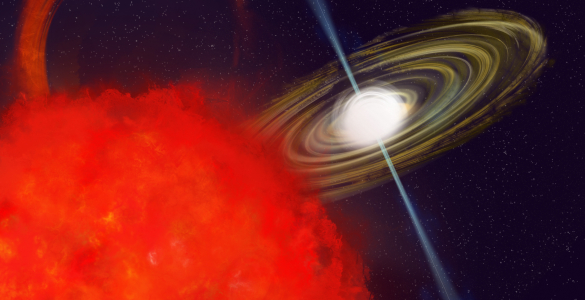
Astronomers have made a groundbreaking discovery using some of the world’s most advanced radio telescopes. Researchers, led by Fengqiu Adam Dong, a Jansky Fellow at the NSF Green Bank Observatory (NSF GBO), have identified an exceptionally unusual cosmic object known as a Long Period Radio Transient (LPT), named CHIME J1634+44. This object stands out as one of the most polarized LPTs ever discovered, and it is the only one observed to be spinning up (meaning its rotation is speeding up) a phenomenon never seen before in this class of astronomical objects.
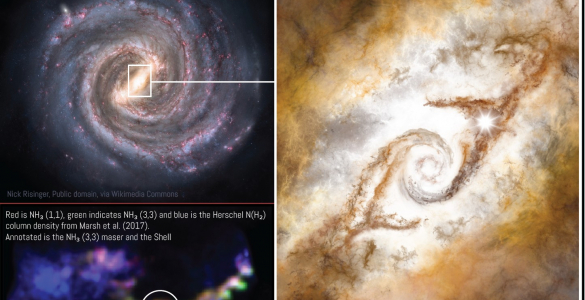
An international team of astronomers has discovered a massive cloud of gas and dust located in a little-known region…
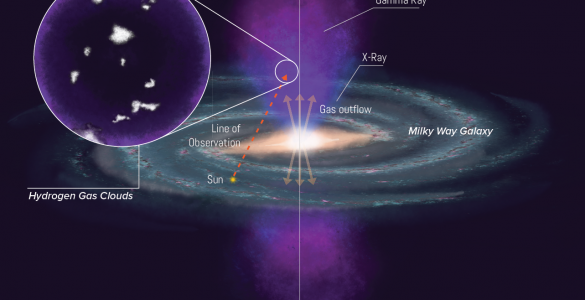
A team of astronomers has made a surprising discovery using the U.S. National Science Foundation Green Bank Telescope (NSF…
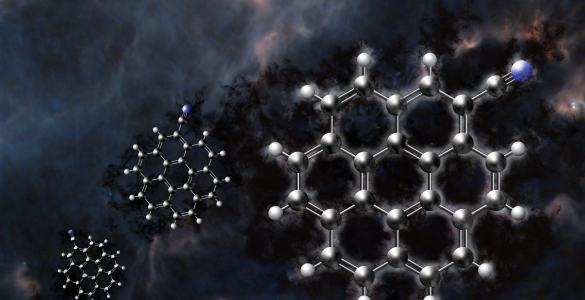
A team of chemists and astronomers have made a groundbreaking discovery in the field of astrochemistry: the identification of…
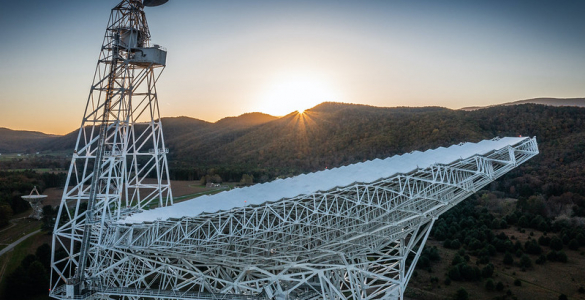
The U.S. National Science Foundation Green Bank Observatory (NSF GBO) is embarking on a crucial maintenance project to protect…
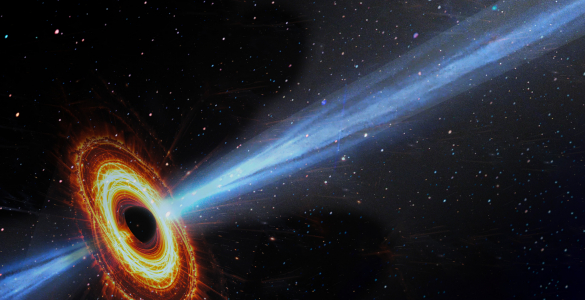
An international team of astronomers has made significant strides in understanding the mysterious jets emanating from supermassive black holes…
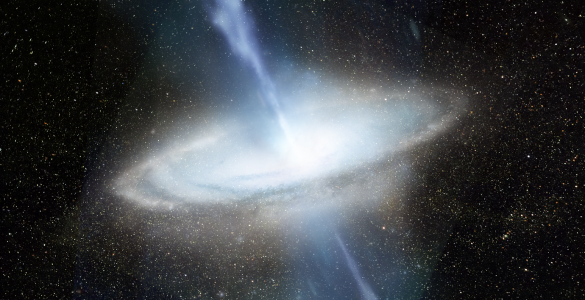
NGC 1068 is a well-known, relatively nearby, bright galaxy with a supermassive black hole at its center. Despite its…

The element carbon is a building block for life, both on Earth and potentially elsewhere in the vast reaches…

Controlled chaos is a key part of forming massive stars. An international team of astronomers has observed evidence that…
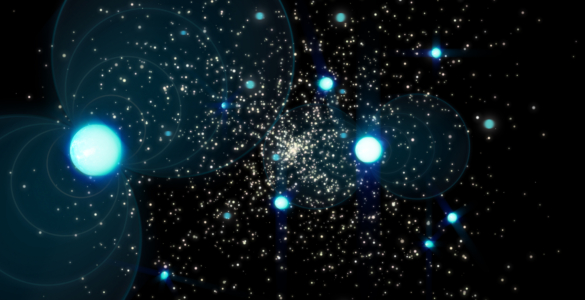
Towards the center of our Milky Way Galaxy, in the constellation Sagittarius, astronomers have discovered 10 monstrous neutron stars. Astronomers already knew that 39 pulsars call Terzan 5 home. With the teamwork of the U.S. National Science Foundation Green Bank Telescope (NSF GBT) and the South African Radio Astronomy Observatory’s MeerKAT Telescope, ten more have been added to the count.





